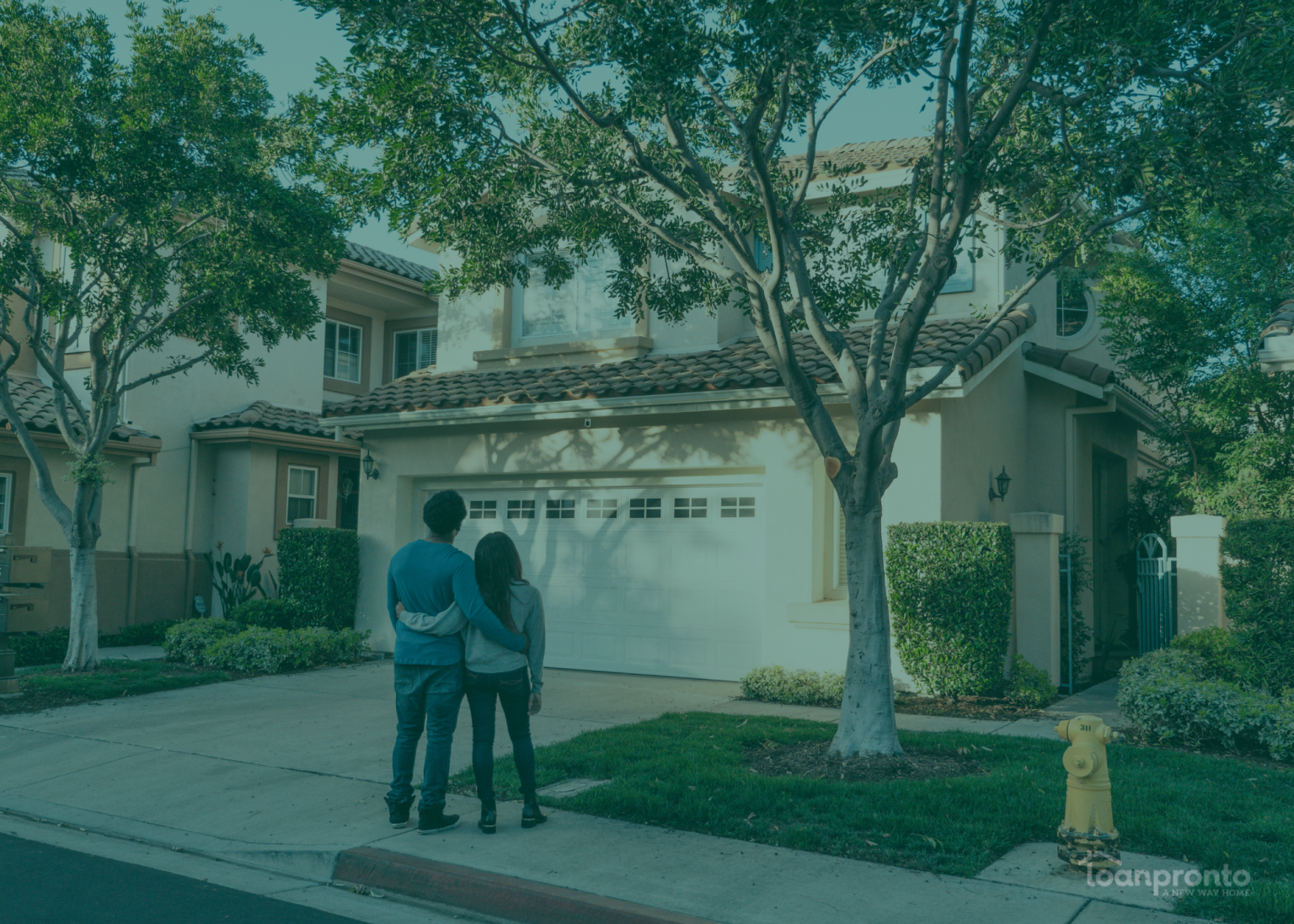Key Takeaways
-
3% down mortgages provide an affordable path to homeownership, especially for first-time buyers.
-
Programs like Conventional 97, HomeReady, and Home Possible cater to different income levels and homeownership needs.
-
PMI is required but can be removed after reaching 20% home equity.
-
Buyers should compare loan options, improve credit scores, and explore down payment assistance programs to get the best deal.
With mortgage rates higher than in previous years and home prices continuing to climb, saving for a down payment can feel overwhelming. But here’s the good news: you don’t need 20% down to buy a home. Some loan programs allow qualified buyers to put down as little as 3%, making homeownership much more accessible.
This guide covers 3% down mortgage options, eligibility requirements, and the pros and cons of these low down payment programs.
What is a 3% Down Mortgage?
A 3% down mortgage lets you finance 97% of a home’s purchase price, reducing the upfront cash needed to buy a home. Conventional loan programs backed by Fannie Mae and Freddie Mac typically offer these low down payment options.
Best 3% Down Mortgage Programs
Conventional 97 Loan (Fannie Mae)
The Conventional 97 loan allows first-time homebuyers to purchase a home with just 3% down. To qualify, at least one applicant must be a first-time buyer (defined as someone who has not owned a home in the past three years). If all applicants are first-time buyers, at least one must complete a homeownership education course.
A minimum credit score of 620 is required, and borrowers must meet conventional debt-to-income guidelines. The home must be a primary residence, and the loan amount must be within conforming loan limits ($806,500 in most areas for 2025, with higher limits in more expensive markets). Private mortgage insurance (PMI) is required but can be removed once 20% equity is reached.
HomeReady Mortgage (Fannie Mae)
Designed for low- to moderate-income buyers, the HomeReady mortgage program offers more flexibility. Unlike the Conventional 97 loan, HomeReady is not limited to first-time homebuyers. However, borrower income cannot exceed 80% of the area median income (AMI).
One unique feature of HomeReady is that rental income can be used to help qualify. Homebuyers can also purchase multi-unit properties (up to four units) as long as they live in one of the units. Additionally, 100% of the down payment can come from gift funds or down payment assistance programs.
Home Possible Mortgage (Freddie Mac)
Similar to HomeReady, Home Possible is another 3% down mortgage option. First-time homebuyers must complete a homeownership education course. A minimum credit score of 660 is required, and income cannot exceed 80% of the AMI.
This program allows for non-occupying co-borrowers, meaning a parent or family member can help with the down payment while the buyer remains the primary occupant. Like other conventional loans, PMI is required but can be removed once 20% equity is reached.
HomeOne Mortgage (Freddie Mac)
HomeOne is a great alternative for borrowers who do not meet income restrictions. There are no income limits, making it an option for higher-earning homebuyers. However, at least one borrower must be a first-time homebuyer, and all first-time buyers must complete a homeownership education course.
Eligible properties include single-unit homes, condos, and townhomes, but manufactured homes are not allowed. The home must be a primary residence, and PMI is required but can be removed once 20% equity is reached.
Pros and Cons of 3% Down Mortgages
Pros
- Easier access to homeownership with a lower down payment
- More cash available for moving expenses, renovations, or emergency savings
- PMI is temporary and can be removed at 20% equity, unlike FHA loans
Cons
- PMI is required, increasing monthly payments
- Less initial home equity, which may impact refinancing options in the future
- Higher total loan cost due to financing a larger portion of the home price
Other Low Down Payment Mortgage Options
If a 3% down mortgage is not the right fit, consider these alternatives:
- FHA Loans – Require a 3.5% down payment with a 580+ credit score (or 10% down with a score as low as 500). Mortgage insurance is required for the life of the loan.
- VA Loans – No down payment required for eligible veterans, active-duty service members, and surviving spouses. No PMI, but a VA funding fee applies.
- USDA Loans – Zero down payment for eligible rural and suburban homebuyers. No PMI, but there is an upfront guarantee fee and annual fee.
How to Get a 3% Down Mortgage
If you are considering a 3% down home loan, follow these steps to get started:
- Check your eligibility – Review income limits and program requirements.
- Improve your credit score – A higher score can help secure a better interest rate.
- Work With A Mortgage Broker – A broker can find you the best rates and terms by shopping 10+ different lenders.
- Explore down payment assistance – Many state and local programs offer grants or low-interest loans.
- Get pre-approved – A pre-approval letter strengthens your offer when house hunting.
Is a 3% Down Loan Right for You?
A 3% down mortgage can help first-time homebuyers achieve homeownership without waiting years to save for a large down payment. While PMI and higher loan balances are considerations, these programs offer an affordable path to buying a home.
If you’re ready to explore your mortgage options, contact us today to find the best low down payment loan for your needs.
FAQs: About 3% Down Mortgages
No SSN required. Zero impact to credit. Your Information is never sold.


